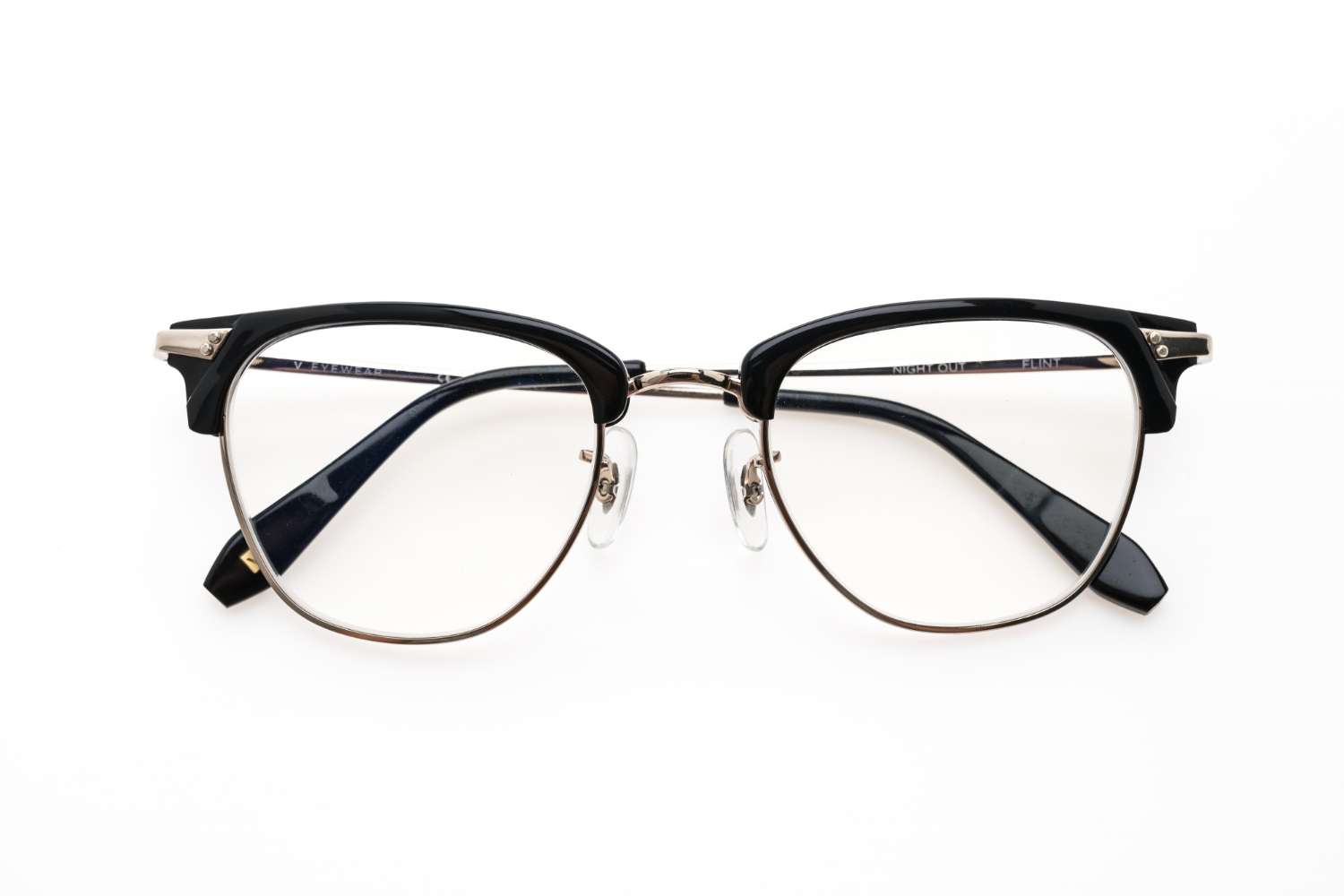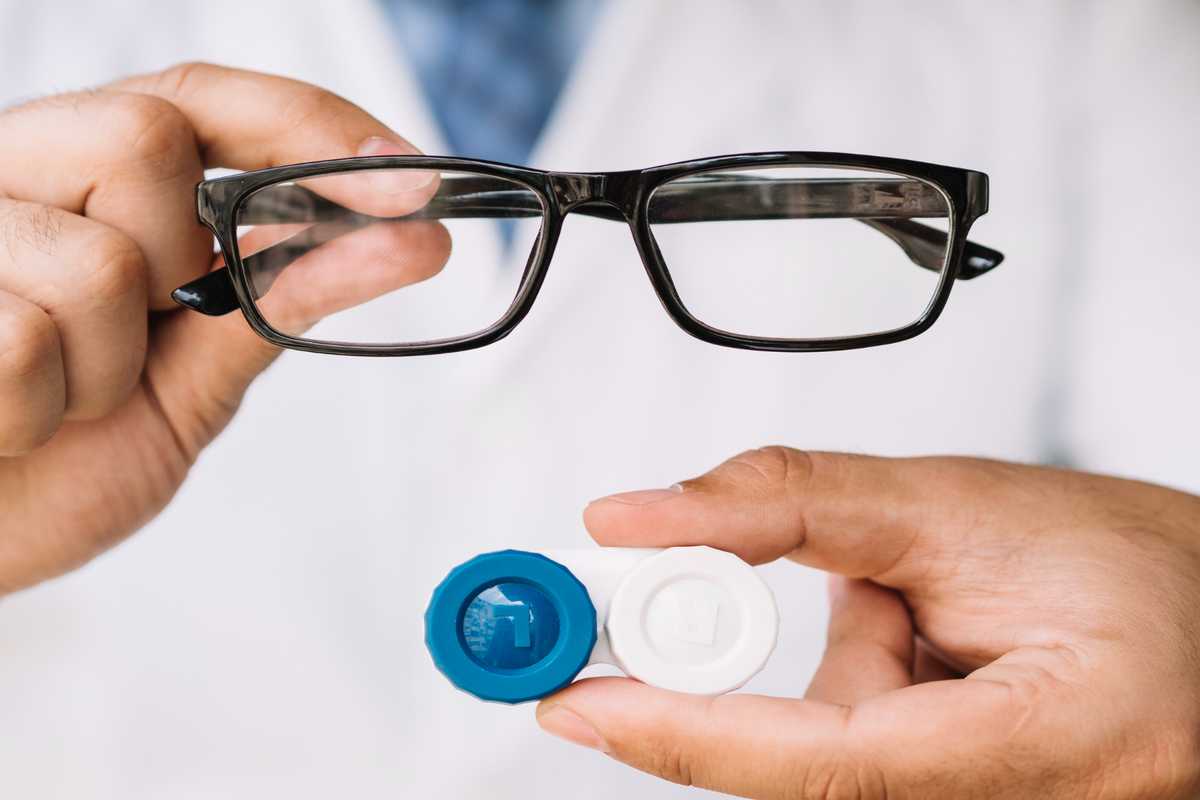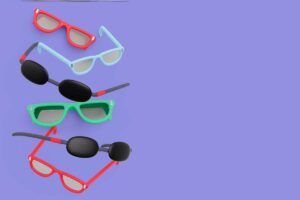Ever squinted at the morning paper or struggled to see the whiteboard at school? If you have, you’re not alone. Millions of people around the world rely on vision correction to see clearly. But when it comes to choosing between contact lenses and glasses, it can feel like a daunting decision.
Fear not! This comprehensive guide will delve into the world of contact lenses and glasses, exploring their pros and cons, ideal uses, and everything you need to know to make an adecision.
Knowing Your Vision Needs: The Foundation for Choice
Before knowing about lenses or glasses, let’s understand the common vision problems these tools address:
- Myopia (Nearsightedness): Has difficulty to see far objects clearly. You might find yourself squinting to read signs or recognize faces from afar.
- Hyperopia (Farsightedness): Difficulty focusing on near objects. Reading a book or working on your computer at close range can cause headaches or eye strain.
- Astigmatism: Blurred or distorted vision at all distances due to an irregular cornea shape. This can make straight lines appear wavy and lights seem to have halos.
- Presbyopia: Age-related decline in near focusing ability. This typically happens around age 40 and makes it difficult to see objects clearly up close, like reading menus or threading a needle.
An eye doctor will diagnose your specific vision problem and recommend the best correction method. Now, let’s get into the exciting realm of contacts and glasses!
the World of Contact Lenses: Freedom and Flexibility
Contact lenses are thin, curved discs that sit directly on your cornea, the clear dome at the front of your eye. They come in two main types:
- Soft Contacts: The most popular choice, offering comfort and flexibility due to their high water content. They conform well to the shape of your eye, making them feel less noticeable.
- Rigid Gas Permeable (RGP) Contacts: Less common but highly durable and may provide sharper vision, especially for astigmatism. They allow more oxygen to reach your cornea, which can be beneficial for some people.

Pros of Contact Lenses:
- Unobstructed Vision: Contact lenses move with your eyes, offering a wider field of view and a more natural experience. You won’t have any frames blocking your peripheral vision.
- Active Lifestyle Friendly: No fogging up during exercise or rainy days, making them ideal for sports and outdoor activities. You can participate in physical activities without worrying about your glasses slipping or falling off.
- Cosmetically Appealing: Contacts can be virtually invisible, allowing you to express yourself freely through makeup and hairstyles. You can choose different colored contacts to enhance your eye color or create a unique look.
- Variety of Options: Daily wear, extended wear (worn overnight), and daily disposable lenses cater to different preferences and lifestyles. Daily disposables offer the convenience of discarding lenses each night, while extended wear lenses provide continuous wear for a set period.
Cons of Contact Lenses:
- Care and Maintenance: Proper hygiene is crucial to avoid eye infections. Taking care of your contacts isn’t a huge hassle, but it is important! Think of it like caring for your favorite fuzzy sweater – a little routine keeps them fresh and happy.
- Cost: Contact lenses can be more expensive than glasses in the long run, especially with daily disposables or specialty lenses for astigmatism. The ongoing cost of solution and replacements needs to be factored in.
- Learning Curve: Inserting and removing contacts can take practice, and some people may find them initially uncomfortable. It can take time to get used to the feeling of lenses on your eyes, and mastering insertion and removal might require patience.
- Not for Everyone: Dry eyes or certain eye conditions like allergies may make contact lens wear unsuitable. People with dry eyes might find contacts irritating, and some eye conditions can increase the risk of infection.
the World of Glasses: Style and Simplicity
Glasses are classic vision correction tools with a frame that holds corrective lenses in front of your eyes. They come in a wide variety of materials, styles, and colors to match any taste. From sleek metal frames to bold plastic styles, you can find glasses that complement your face shape and personal style.

Pros of Glasses:
- Easy to Use and Maintain: No complicated cleaning routines, just wipe the lenses clean and store them in a case. Glasses are low-maintenance and require minimal effort to keep them functioning properly.
- Cost-Effective: Glasses are generally a more affordable option, especially if you don’t need frequent prescription changes. The initial cost of a good quality pair of glasses can be less expensive than ongoing contact lens care.
- Low Risk of Infection: As they don’t touch your eye directly, the risk of infections is minimal. This makes them a good choice for people prone to eye infections or with sensitive eyes.
- Fashionable Choice: Glasses can be a stylish accessory, complementing your facial features and personal style. With a vast array of frame styles, materials, and colors to choose from, you can find glasses that express your individuality and enhance your look.
- Variety of Lens Options: From single vision for distance or nearsightedness to bifocals, trifocals, and progressive lenses for multiple vision needs, glasses offer versatility. Bifocals have a distinct line separating the near and distance correction zones, while trifocals have an additional zone for intermediate vision. Progressive lenses offer a seamless transition between vision zones, eliminating the visible lines.
Cons of Glasses:
- Limited Field of View: The frames can obstruct some peripheral vision, especially with certain styles. Thicker frames or those with a larger footprint on your face can limit your ability to see the edges of your visual field.
- Fogging Up: Glasses can fog up in humid environments or during exercise, which can be frustrating. This can be a major drawback for people who participate in physical activities or spend time in hot and humid environments.
- Discomfort: Glasses can slip off your nose during physical activity or feel heavy on your face, especially if you have a heavy prescription or a poorly fitted frame. Finding a frame that fits comfortably and stays put during activities is crucial.
- Not Ideal for Sports: Glasses can get knocked off or damaged during sports or other high-impact activities. They might not be the safest choice for activities where there’s a risk of getting hit in the face.
Contact Lenses Vs Glasses: Making the Right Choice
Ultimately, the best choice for you depends on your individual needs and preferences. Here are some factors to consider:
- Lifestyle: If you’re active or participate in sports, contacts might be a better fit. Glasses excel for everyday wear and low-maintenance care.
- Vision Needs: Discuss your specific vision problem with your doctor. Complex corrections like astigmatism might benefit from RGP contacts, while simpler prescriptions could be corrected by either method.
- Comfort: Experiment with both options and see which feels more comfortable for your eyes.
- Budget: Consider the ongoing costs of contact lens solution, replacements, and eye exams compared to the initial cost of glasses.
Don’t be afraid to try both! Many people find a combination of contacts and eye glasses works best for them. Use contacts for specific activities and glasses for everyday wear, or vice versa.
Remember, the most important factor is clear and comfortable vision. Schedule regular eye exams with your doctor to monitor your eye health and ensure your prescription is up-to-date.With the right information and guidance, you can choose the vision correction method that best suits your lifestyle and needs.





